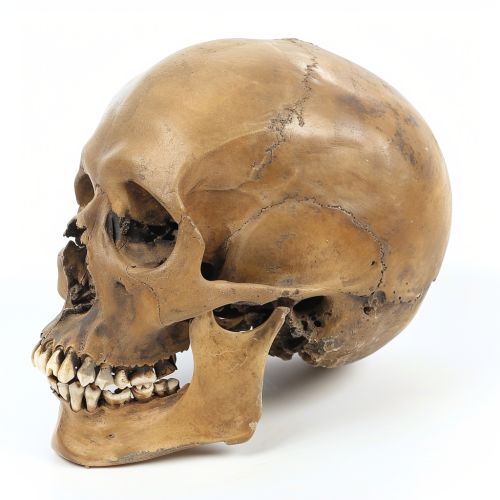Cro-Magnon
Introduction
The Cro-Magnon were the first early modern humans (of the Homo sapiens species) of the European Upper Paleolithic. The earliest known examples of Cro-Magnon-like humans are radiometrically dated to 40,000 years before present. Cro-Magnon were named after the location of Cro-Magnon, a rock shelter at Les Eyzies, a small town in the Dordogne region of southwestern France, where the first specimen was found.
Discovery
The original Cro-Magnon find was discovered on March 1868, at Les Eyzies. The find consisted of five individuals - three adults, a child, and an infant. The adults were a woman aged about 40, a man aged about 40, and an older man. The child was a boy aged about 10, and the infant was about a year old. The remains were found along with Mousterian tools, a technology associated with Neanderthals.
Physical Attributes
Cro-Magnons were robustly built and powerful. The body was generally heavy and solid with a strong musculature. The forehead was straight, with slight browridges and a tall forehead. Compared to the earlier Neanderthals, the Cro-Magnons had a more elongated skull, a less pronounced face, and a prominent chin. The brain capacity was about 1,600 cubic centimeters, larger than the average for modern humans.
Culture
Cro-Magnon culture is most well-known for its cave paintings. The most famous of these is the Lascaux Cave in France, but there are many others throughout Europe, including the Altamira Cave in Spain. These paintings, which date back to around 30,000 years ago, depict a variety of animals, including horses, bison, and mammoths, as well as human handprints.
End of the Cro-Magnon
The Cro-Magnon people disappeared from the fossil record about 30,000 years ago, but their descendants continue to live in Europe today. It is believed that they were gradually absorbed into the modern human population through interbreeding.
See Also


